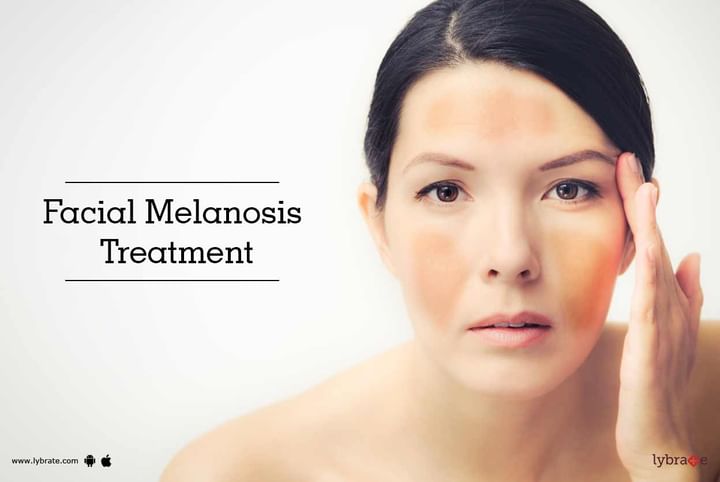Facial Melanosis Treatment
Facial Melanosis is the effect of excessive Melanin and abnormal Melanocyte under the skin. This results in hyperpigmentation problem; which frequently changes from brown to black and is usually found on the cheek and brow areas of the face. Mostly occurring in females as compared to males, it is found in the age group of over 30 years. Pregnancy, sun exposure, stress, hormone treatments including contraceptive pills, certain medications, and some cosmetics are some of the factors triggering Facial Melanosis.
Treatments for Facial Melanosis:
Facial Melanosis treatment might be very slow to respond. Sometimes, it also leads to irritation in sensitive skin, thus resulting in post inflammatory pigmentation.
Usually, a combination of following measures is helpful:
General Measures:
- Discontinuation of hormonal contraception
- Lifelong, year-round sun protection with a high SPF sunscreen. Reapply it after every 2 hours in case you are outdoors during the summer. Along with this, wear a broad-brimmed hat.
- If applicable, choose cosmetics which have sunscreen.
- Use a mild cleanser and if your skin is dry, don’t forget to use a light moisturizer.
Topical Measures:
- Application of Anti-Melasma Cream – The main function of Anti-Melasma cream is to reduce the Melanin by interrupting Tyrosinase (enzyme containing copper found in animal and plant tissues which support the secretion of melanin) activity. The active elements in the cream which are intended for Anti-Melasma are Licorice Acid, Retinoic Acid, Hydroquinone, Kojic Acid, Tranexamic Acid, Azelaic Acid and Ascorbic Acid.
- Usage of Sun Protection Cream – You should look out for those sun protection creams with SPF factor above 15. Also, Sunscreen should be Para-Aminobenzoic Acid-Free (PABA-Free). The presence of Micronized Titanium Dioxide, which is an active element that works as UV-A and UV-B reflector, becomes an issue of importance while selecting the perfect sunscreen.
- Peeling – Superficial or the epidermis layer of your skin can be chemically peeled off and this must be done by a specilized dermatologist or under the supervision of a dermatologist.
If you wish to discuss about any specific skin problem, you can consult a specilized dermatologist and ask a free question.



+1.svg)
